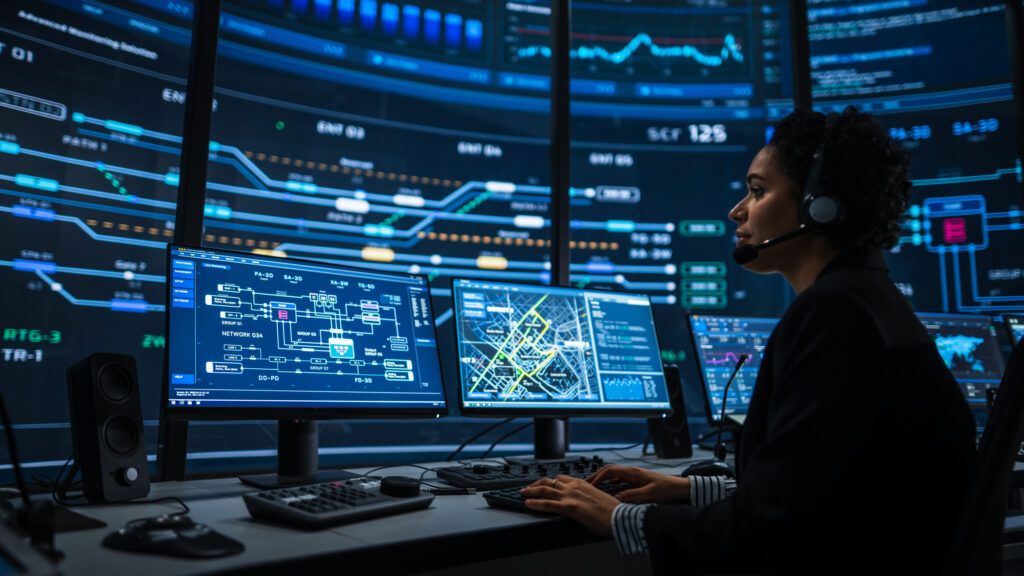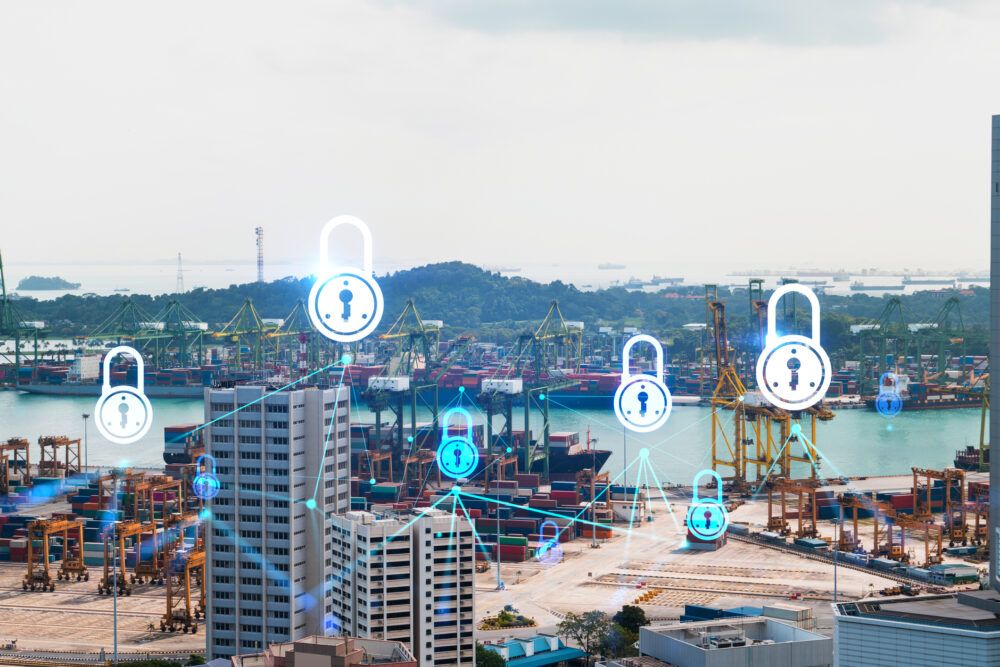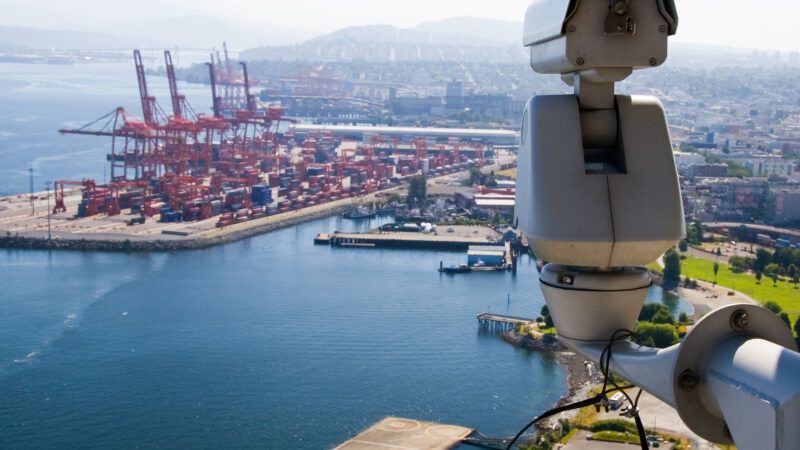How Much Protection Is Enough?
Meier asks himself this rhetorical question, pointing out that the necessary security level is defined after carrying out a Business Impact Analysis, which informs on the degree of disruption that an incident that causes the interruption of processes can cause. The first step is to establish levels of confidentiality, designate who can access this information internally, and how to store and destroy it.
The CEO of the Port of Hamburg shares that to execute it successfully, the entire organization must be involved, and that for this, training is essential. "How to prevent an employee from being a victim of phishing? Organizing attack and defense drills to test our methodology.”

The importance of exchanging experiences
On the other hand, Lance Kaneshiro, CIO of the Port of Los Angeles, stressed during the webinar the importance of exchanging experiences in cybersecurity internally and externally, and at different levels; between port authorities, industry players, other sectors of the national and the international sphere.
"Collaboration allows defining business strategies with those of cybersecurity, complying with existing regulations and aligning common objectives to increase collective resilience, not only in our sector but also at a national and supranational level," he said.
The port of Los Angeles announced in December 2020 the creation, together with IBM, of the Port Cyber Resilience Center, which will detect malicious cyber incidents that may affect the flow of cargo in addition to improving the amount and speed of information exchange within the port community. This facility follows the Cyber Security Operations Center that the port authority inaugurated in 2014.
Cristian Medrano, head of telecommunications and cybersecurity at the Port of Barcelona, expresses a similar thought: "We need to continue working collaboratively, bearing in mind that cybersecurity is the responsibility of all of us, not just of a department of the port authority."
The Port of Barcelona suffered a major cyber attack in 2018 whose impact was minimized thanks to the work of the cybersecurity office. Due to the persistent risk, the Port has awarded a new cybersecurity services contract in order to protect the port authority from loss or theft of information.
These services are divided into two components: the ICT Security Technical Office, responsible for managing and auditing the entire information security process, carrying out the application of the Security Master Plan and the Security Operations Center ( SOC) which will be a continuous computer security surveillance service that includes the analysis and correlation of information security events, the management of incident alerts and support for the management of security incidents.
“The hyperconnected maritime chain depends on a reliable and efficient data exchange. All the agents of the sector must create multiple layers of defense to prevent a hacker from being successful. The price of not improving our collective cyber resilience can mean the loss of infrastructure of critical systems, delays in the logistics chain, as well as having economic, organizational and environmental repercussions,” Meier warns.
 To face the common enemy, collaboration on cybersecurity between the agents of the sector is essential. (GettyImages)
To face the common enemy, collaboration on cybersecurity between the agents of the sector is essential. (GettyImages)
 To face the common enemy, collaboration on cybersecurity between the agents of the sector is essential. (GettyImages)
To face the common enemy, collaboration on cybersecurity between the agents of the sector is essential. (GettyImages)








